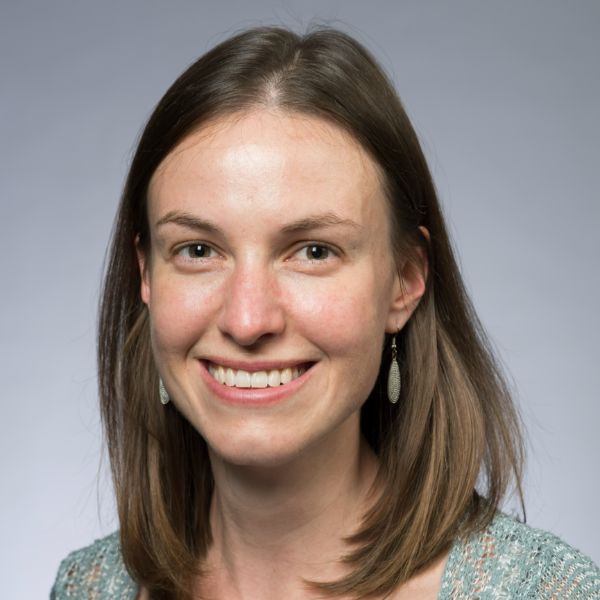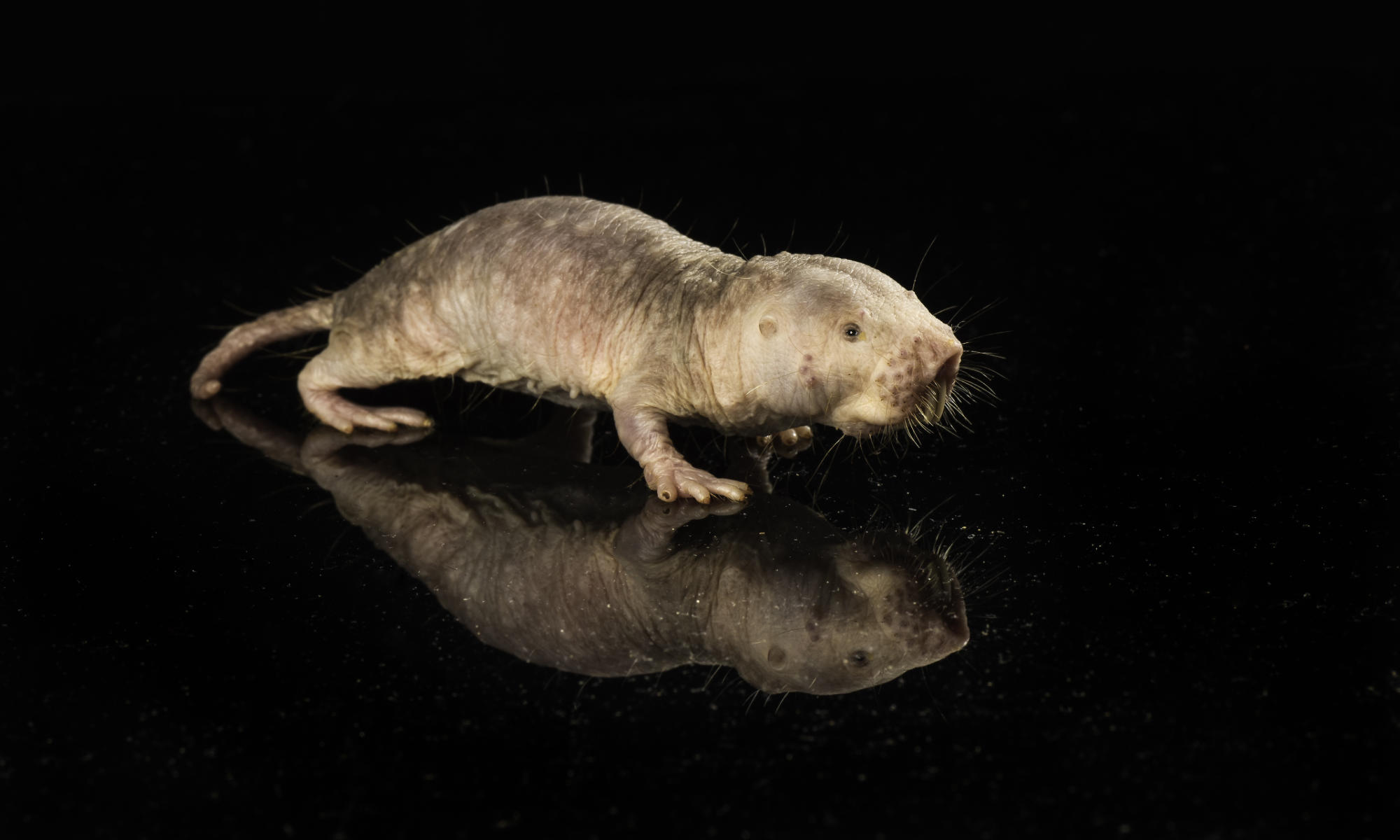
Longevity gene from naked mole rats extends lifespan of mice
The successful gene transfer paves the way for improving the health and lifespan of humans, too.
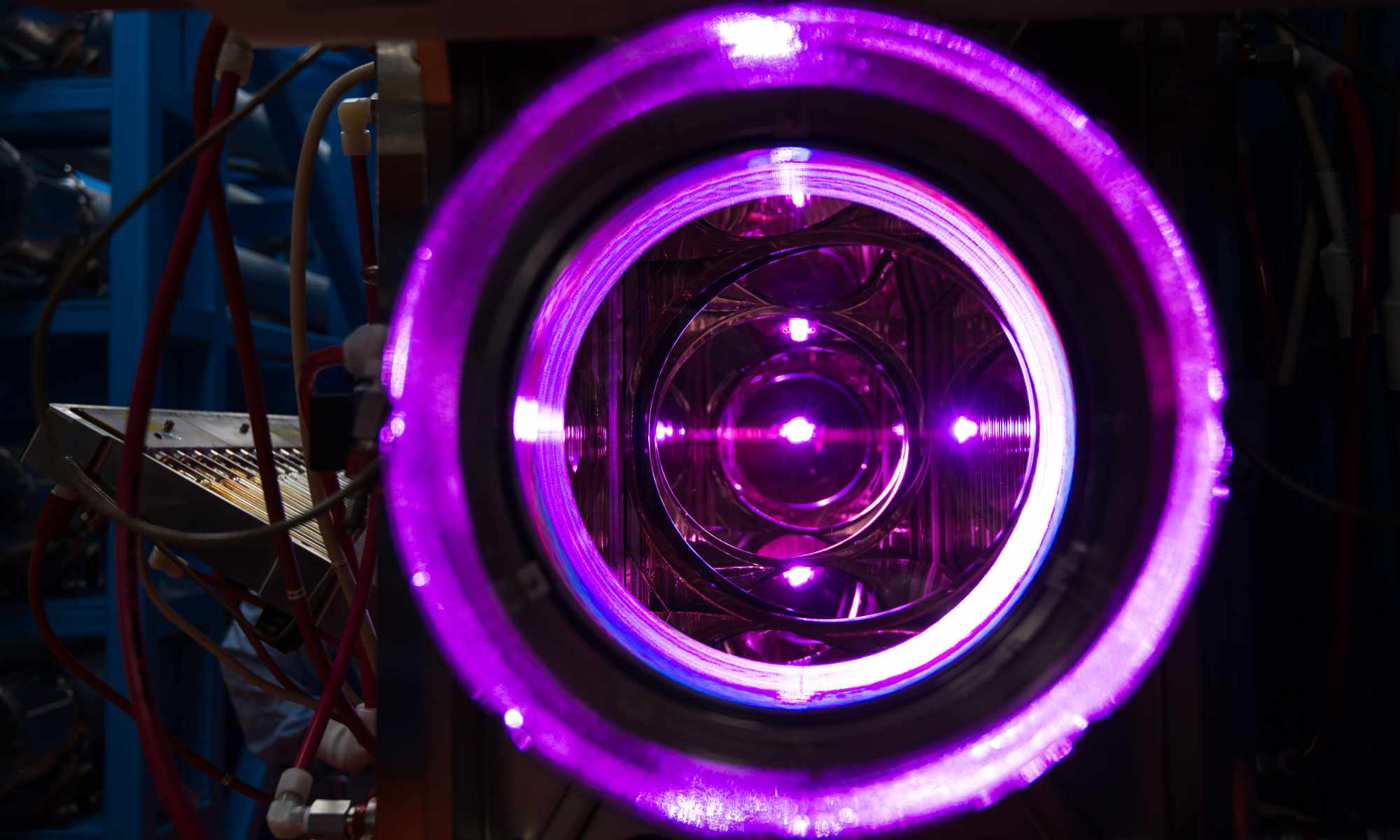
New technique may help achieve mass production fusion energy
Dynamic shell formation has been demonstrated experimentally for the first time at the University of Rochester’s Laboratory for Laser Energetics.
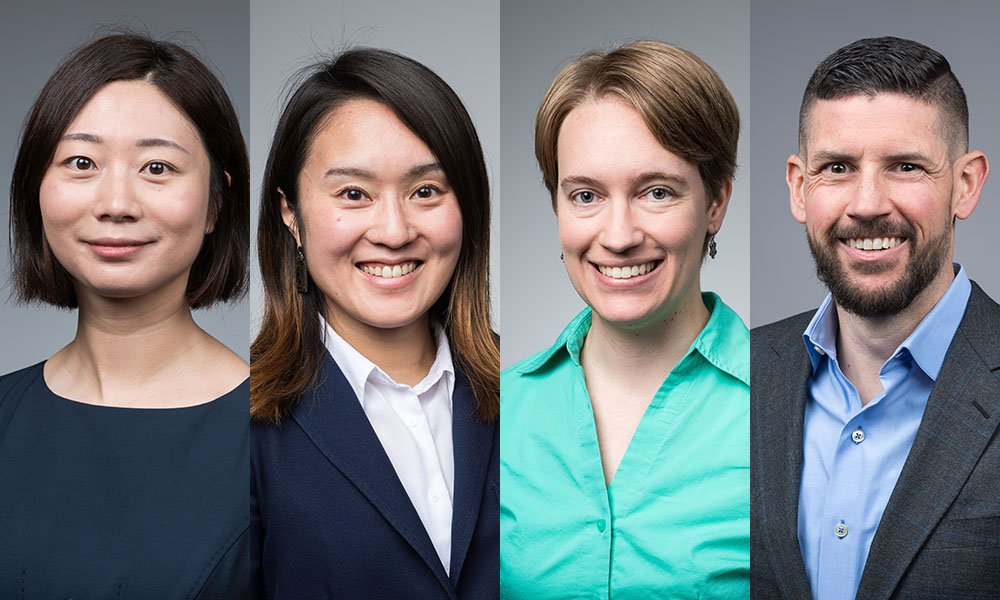
CAREER awards recognize promising junior faculty
Four Rochester scientists have received prestigious NSF CAREER awards, presented to early-career faculty members for research and education initiatives.
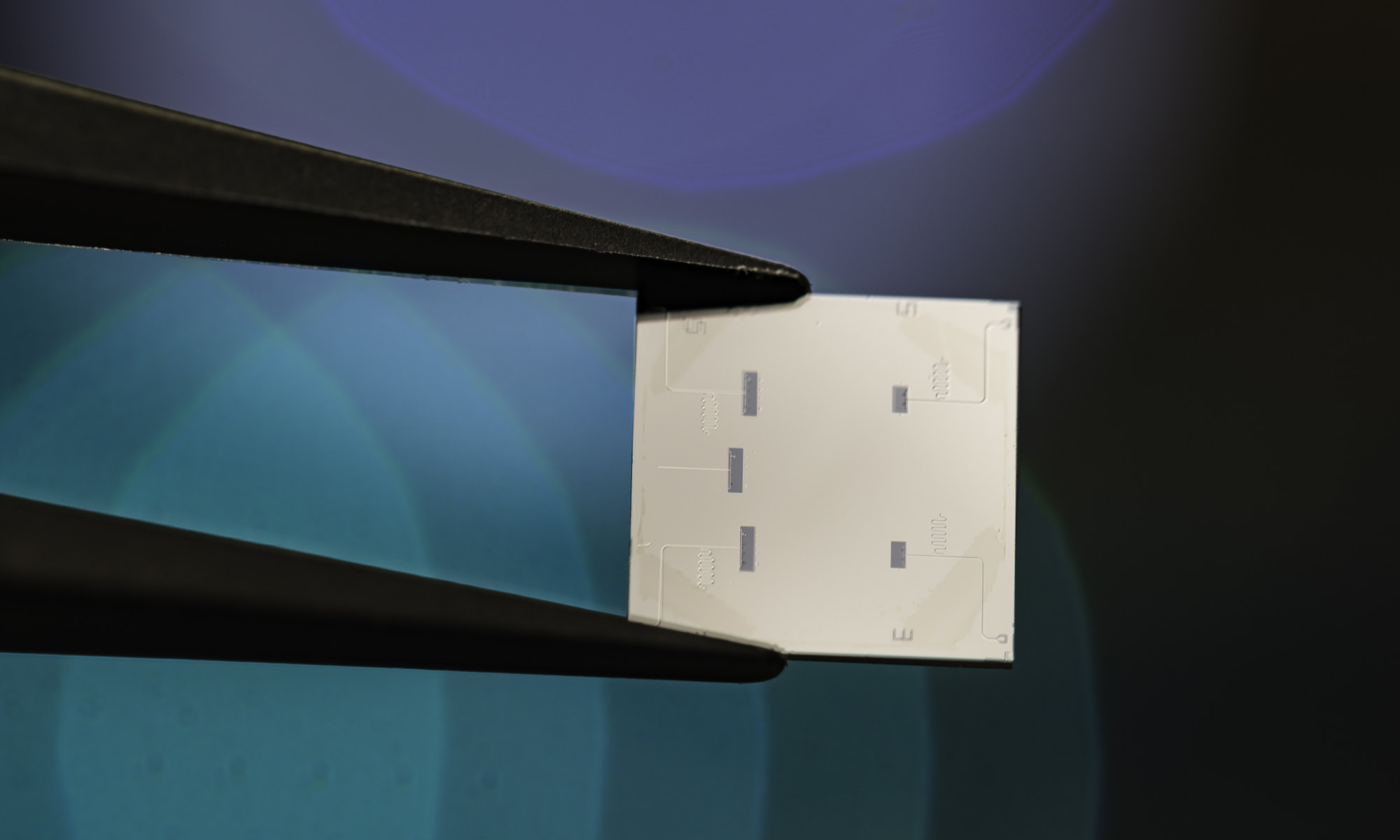
Creating superconducting circuits
Rochester researchers led by Machiel Blok are formulating new techniques—including one that uses qudits instead of qubits—to improve superconducting circuits and make quantum computers that are more powerful and reliable. This is how they qudit >>
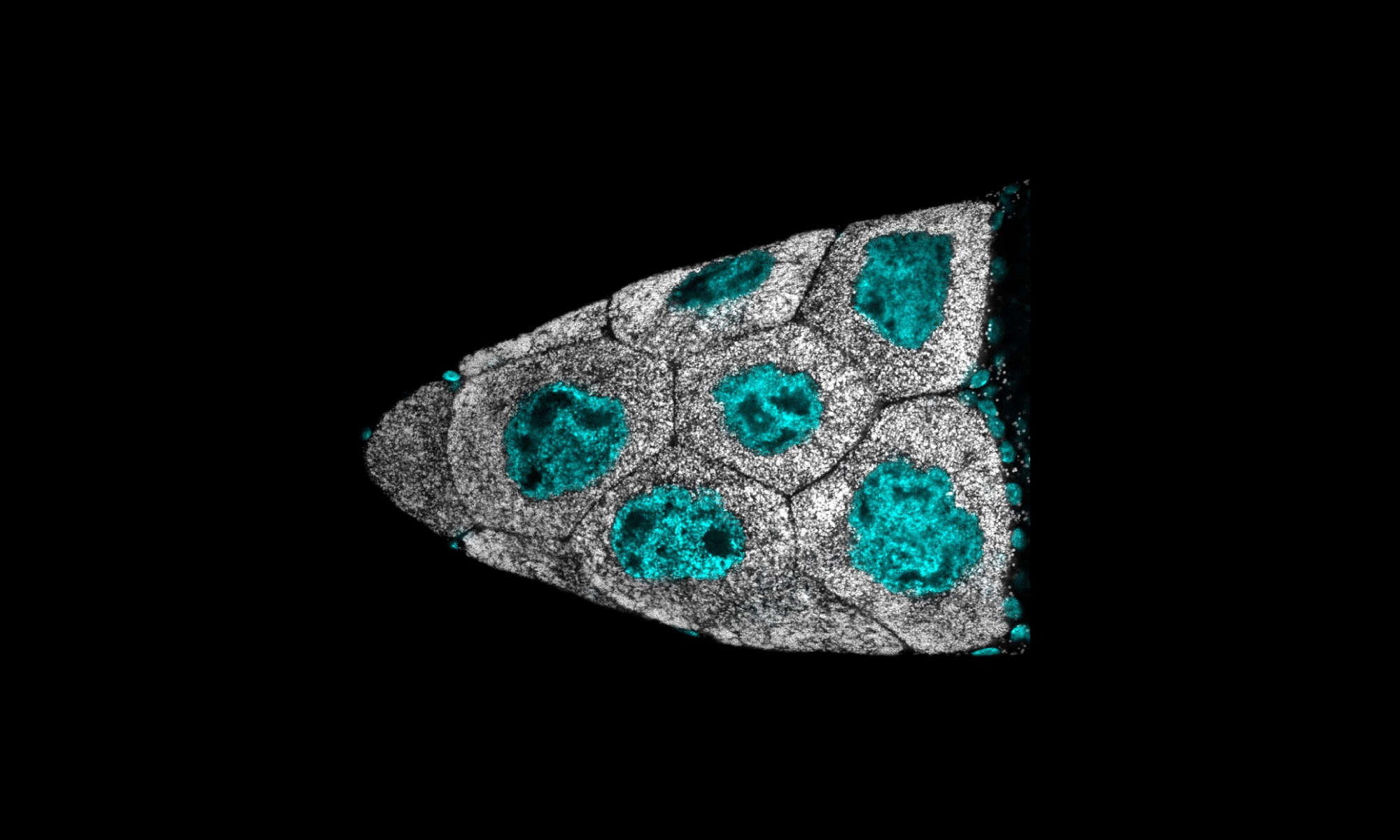
The hidden role of lipid droplets in fertility and beyond
Research on fruit flies led by Michael Welte, a professor of biology, finds that lipid droplets play a role in cellular changes necessary for the growth of the egg—and could affect fertility in myriad organisms.
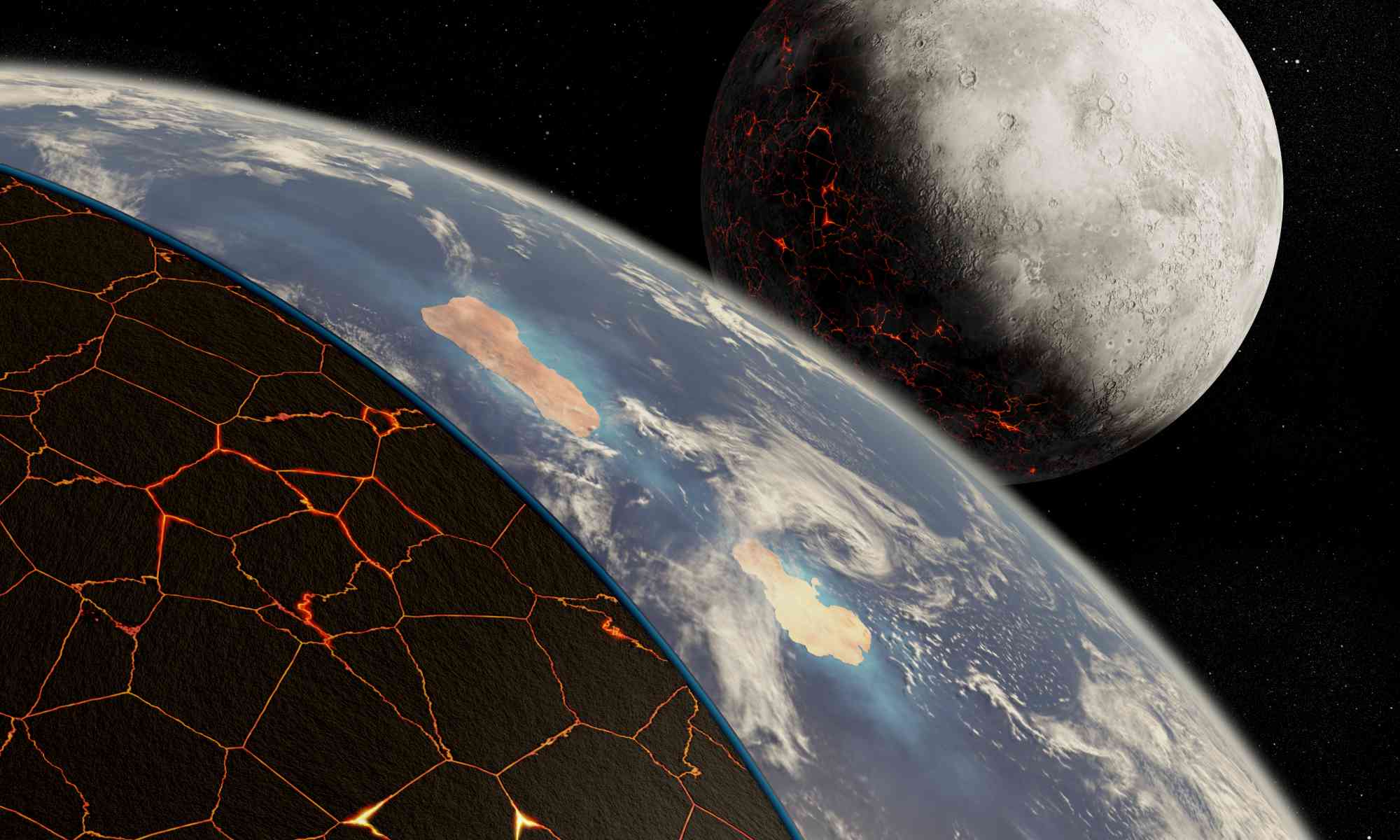
Plate tectonics not required for the emergence of life
The finding contradicts previous assumptions about the role of mobile plate tectonics in the development of life on Earth.
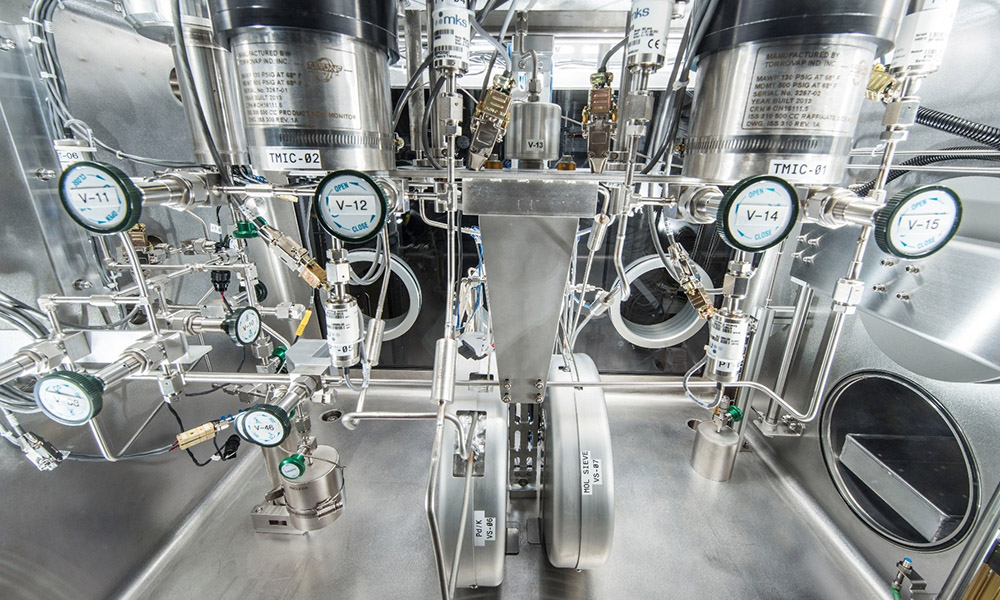
Laboratory for Laser Energetics joins team to develop commercial fusion energy
A Department of Energy program partners private companies with national laboratories and universities to design the first commercial fusion power plant.
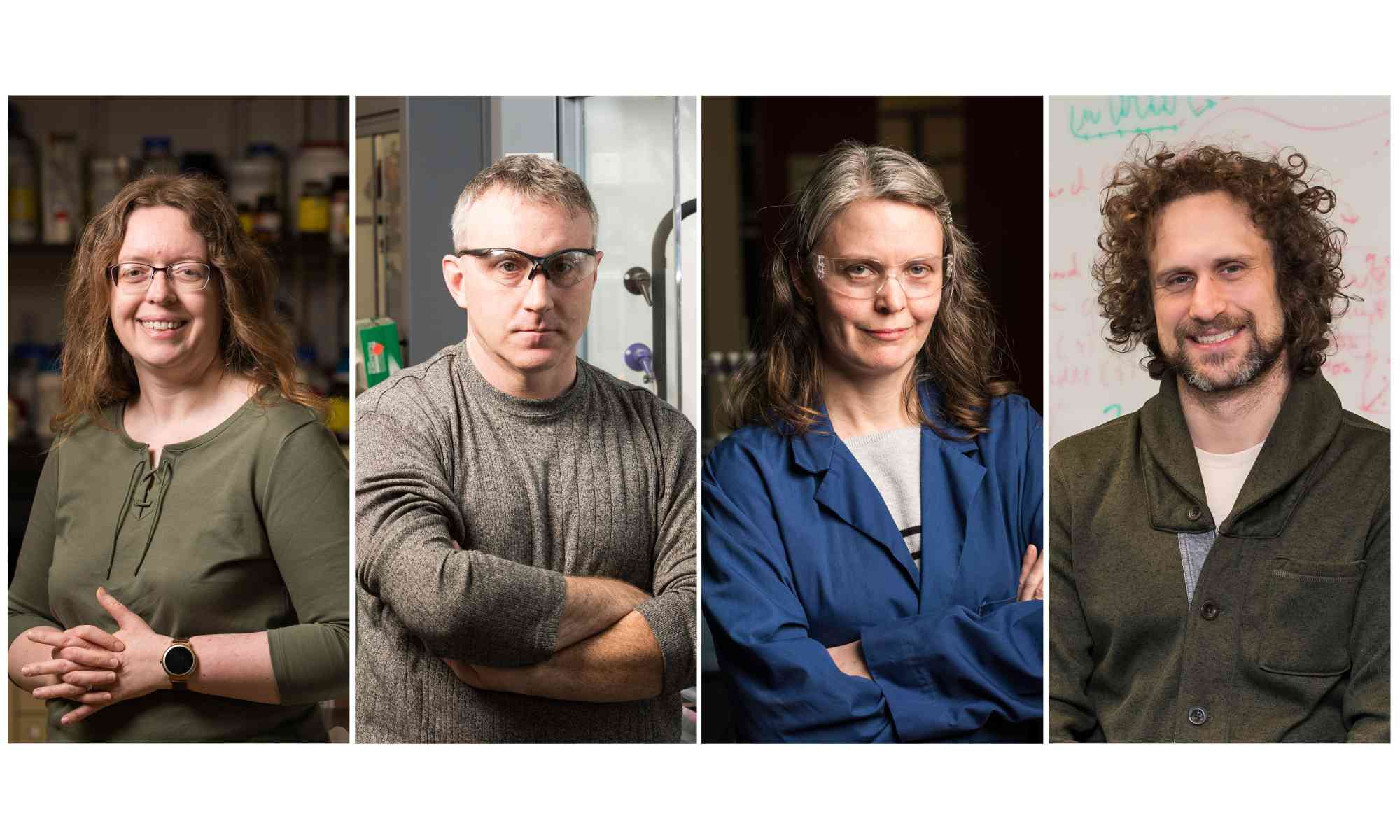
Unlocking the power of photosynthesis for clean energy production
A new grant will allow Rochester researchers to leverage bacteria and nanomaterials to mimic photosynthesis and produce clean-burning hydrogen fuel.
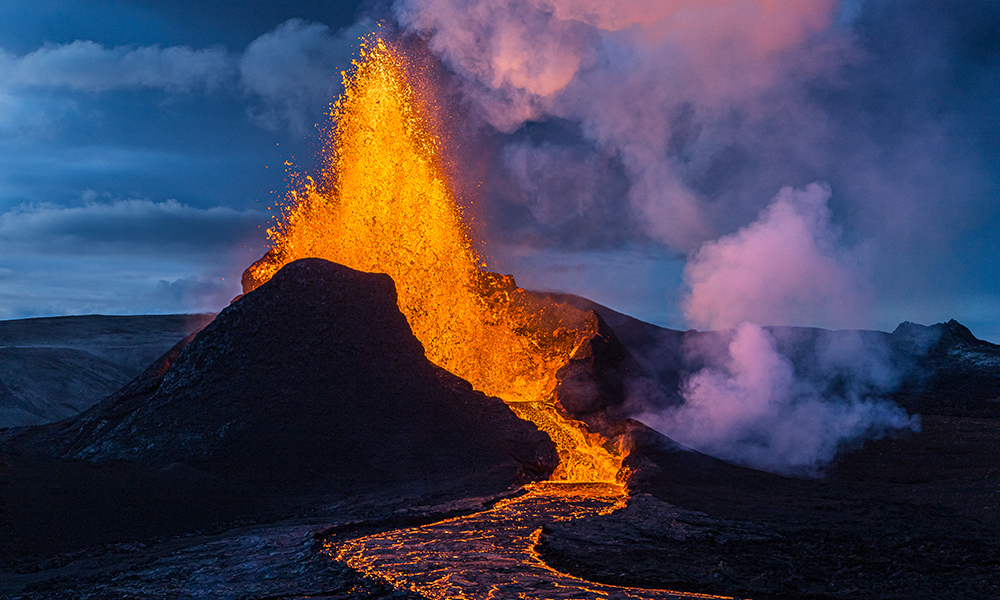
Was plate tectonics occurring when life first formed on Earth?
Zircon crystals and magmas reveal new information about plate tectonic activity on Earth billions of years ago.
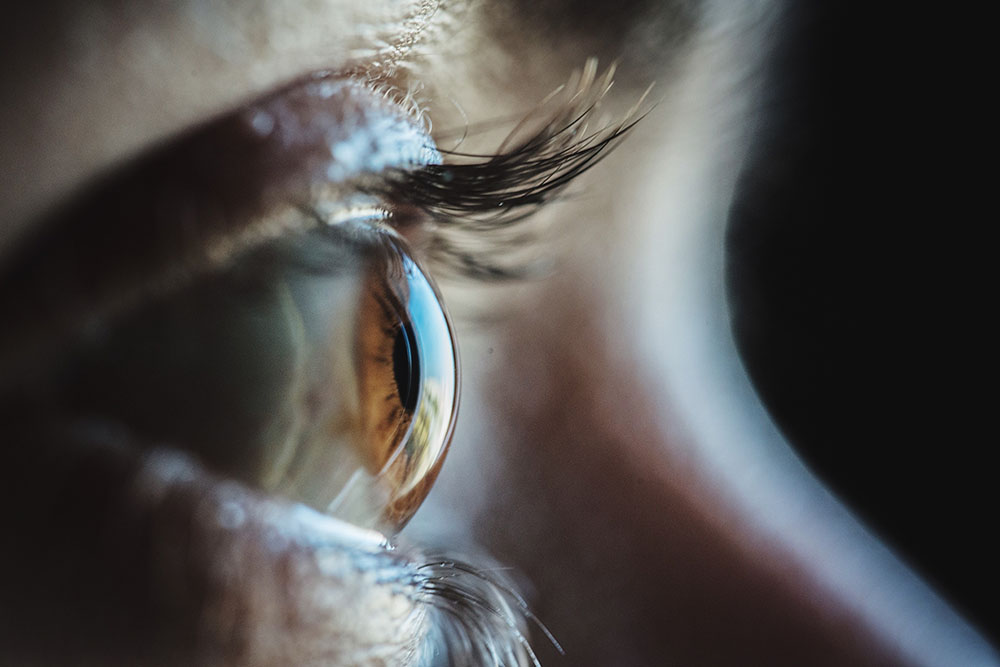
Small, involuntary eye movements help us see a stable world
“Fixational” eye movements play a larger role in vision than previously thought, according to Rochester researchers.

